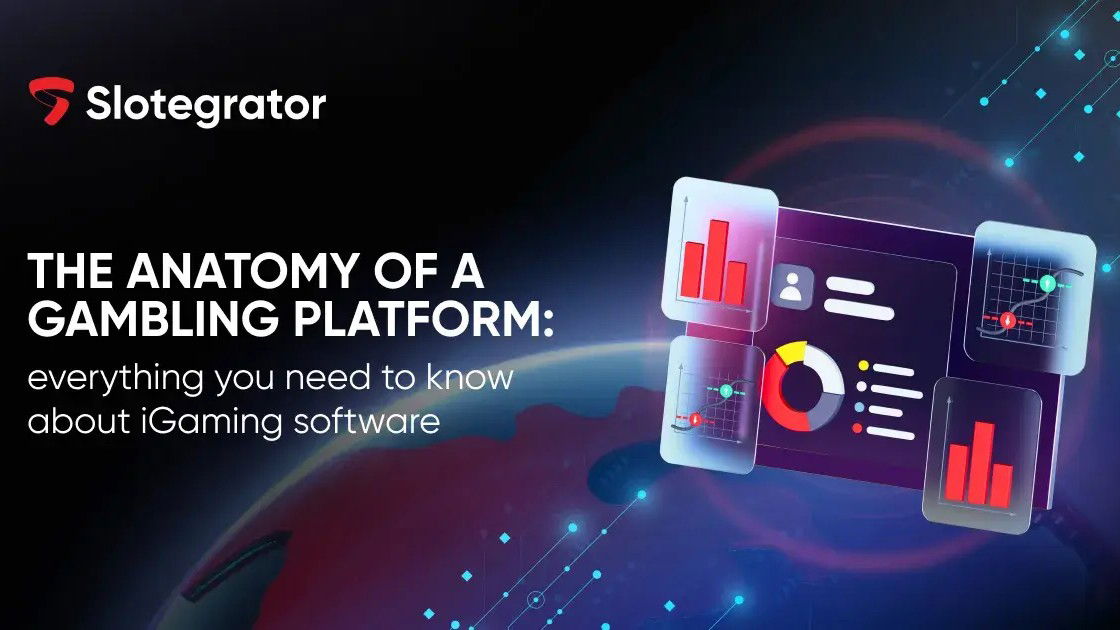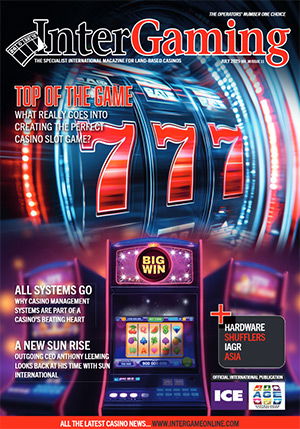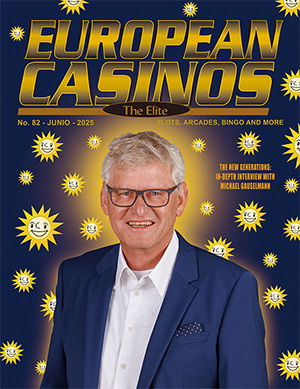Exploring the rise of Plinko in CSGO: A new era for game mechanics

Plinko, once a game associated with television game shows and online casinos, has recently found an unexpected home in the world of Counter-Strike: Global Offensive (CSGO). Traditionally, CSGO’s gameplay has revolved around tactical shooting, team coordination, and map control. The addition of minigames like Plinko represents a significant departure from the classic mechanics, introducing a blend of chance and strategy that is drawing increasing attention within the community.
The adaptation of platforms with Plinko CSGO game options reflects broader changes in how players engage with the game. These shifts are influenced by community-created content, gambling integrations, and emerging monetization strategies that tap into users’ desire for variety and entertainment. As a result, the Plinko mechanic is reshaping how engagement and interaction are perceived within the CSGO ecosystem.
The mechanics of Plinko in a digital setting
In its digital form, Plinko maintains a straightforward premise: a disc is dropped from the top of a pegged board, bouncing unpredictably until it lands in a prize slot. Applied to CSGO platforms, this mechanism introduces a random reward system. Whether embedded in third-party gambling sites or integrated into custom community servers, the basic function remains the same; however, the context has changed.
The game’s simplicity makes it appealing; players are presented with a balance between risk and reward, where higher stakes can lead to greater outcomes, albeit with more volatility. This mechanic aligns with the interests of CSGO players who are already familiar with skin-based economies and the random nature of case openings. The transition from opening cases to watching discs fall down a Plinko board is a natural one for an audience conditioned to appreciate spectacle and chance.
Plinko's popularity within the CSGO community
The growing popularity of Plinko-style mechanics in CSGO-related settings is partially attributed to streaming platforms and influencer culture. Prominent CSGO personalities frequently showcase these games during live sessions, exposing large audiences to the mechanics and indirectly promoting it as an exciting alternative to traditional gameplay or standard betting systems.
Plinko serves as a bridge between gameplay and gambling, attracting casual viewers and serious collectors interested in high-value skins. The visually engaging nature of the game and the potential for large rewards create moments of anticipation that are easily shareable on social media, further fueling its viral growth. Its simplicity makes it accessible, while the potential outcomes retain the thrill sought by CSGO’s competitive audience.
Integration into gambling ecosystems
Third-party gambling platforms connected to CSGO skins have become a significant part of the game’s wider economy. Within these ecosystems, Plinko functions as one of many mini-games designed to attract users and increase site engagement. Its presence reflects an evolving approach to digital gambling, where simple mechanics are paired with in-game assets like weapon skins as currency.
Many of these platforms allow players to deposit CSGO skins or cryptocurrency to participate in games, with Plinko often featuring prominently due to its familiar and entertaining format. This model capitalizes on the overlap between gaming and gambling audiences, offering a seamless experience that retains the visual and thematic elements of CSGO. Legal and regulatory questions continue to surround this model; however, the momentum behind these integrations suggests that interest in these hybrid forms will likely persist.
Influence on game design philosophy
The rise of Plinko within CSGO-related contexts also speaks to broader changes in game design philosophy. Developers and modders are increasingly looking for ways to maintain user engagement without relying solely on traditional gameplay mechanics. The incorporation of chance-based games like Plinko into the CSGO experience reflects a larger trend in the industry, where randomness, reward systems, and user-generated content play an increasingly central part.
This evolution is influencing how communities define "gameplay." In the past, pure skill and tactical decision-making were central to CSGO’s identity. Now, engagement may involve cosmetic progression, participation in random reward systems, or interaction with gamified economies. This represents a significant departure from earlier design models, raising questions about the future direction of competitive first-person shooters and how much randomness can or should be incorporated.
Implications for monetization and player behavior
Plinko-style mechanics also represent a shift in monetization strategies associated with CSGO. As in-game items gain real-world value, methods of acquiring these items transition; Plinko introduces an alternative path to item acquisition that combines entertainment with risk. This approach reflects broader trends in digital monetization, where users are encouraged to spend in hopes of earning desirable outcomes.
Player behavior is also affected. The introduction of Plinko mechanics encourages repeated engagement through psychological triggers similar to those used in slot machines. Concepts such as intermittent reinforcement and the illusion of control play a role in how users interact with these systems. The presence of these mechanics within a gaming context blurs the lines between traditional gameplay and behavioral conditioning techniques commonly found in gambling environments.
Community reactions and industry concerns
The integration of Plinko into the broader CSGO ecosystem has sparked debate within the gaming community. Some players see the mechanic as a fun and engaging diversion that adds variety to the venture. Others argue that its presence dilutes the competitive integrity of the game and introduces unhealthy gambling behaviors, especially among younger audiences.
Industry stakeholders are beginning to take note—concerns about ethical game design and responsible engagement are being raised by regulators, researchers and advocacy groups. The incorporation of gambling-style mechanics into mainstream games has already attracted scrutiny in other genres—CSGO’s embrace of Plinko is likely to accelerate these conversations. Ultimately, balancing user engagement with ethical design practices is becoming an increasingly complex challenge for developers and platform operators.
Potential for future expansion and innovation
The success of Plinko within CSGO-related platforms may pave the way for further innovation; for example, developers could experiment with more complex variants of the game, incorporating skill elements or allowing for player-customized boards. Additionally, integration with blockchain technology could increase transparency and add an extra layer of ownership to the rewards earned through these mechanics.
The community’s response will ultimately determine how far these innovations progress. If players continue to engage positively with Plinko-style features, other games may follow suit—this could result in a broader transformation in how risk, reward, and entertainment are structured in online gaming domains. As boundaries between games and gambling continue to blur, regulatory frameworks may also adapt to address the shifting topography.
A sign of industry transformation?
The rise of Plinko in CSGO signals more than just a new mini-game; it represents a transformative moment in how mechanics, economies, and player engagement strategies intersect within the gaming industry. The simplicity of the game contrasts sharply with the complexity of the discussions it inspires—ranging from monetization and regulation to ethics and innovation.
As the CSGO community continues to explore and adopt these mechanics, the implications for the broader gaming ecosystem are significant. Whether viewed as a creative extension of gameplay or a controversial foray into gambling dynamics, Plinko’s presence in CSGO marks a pivotal moment in the ongoing evolution of digital entertainment.

















































